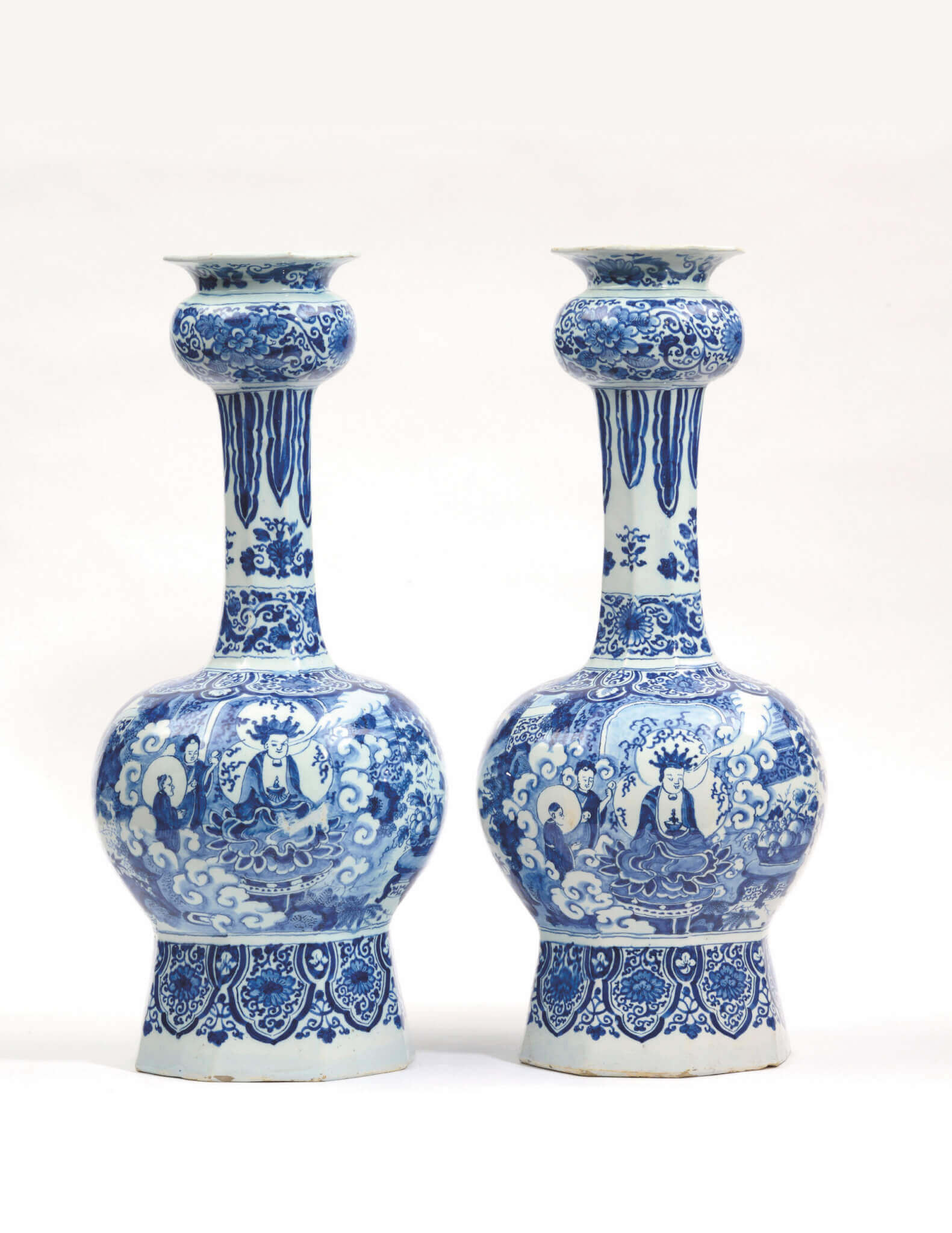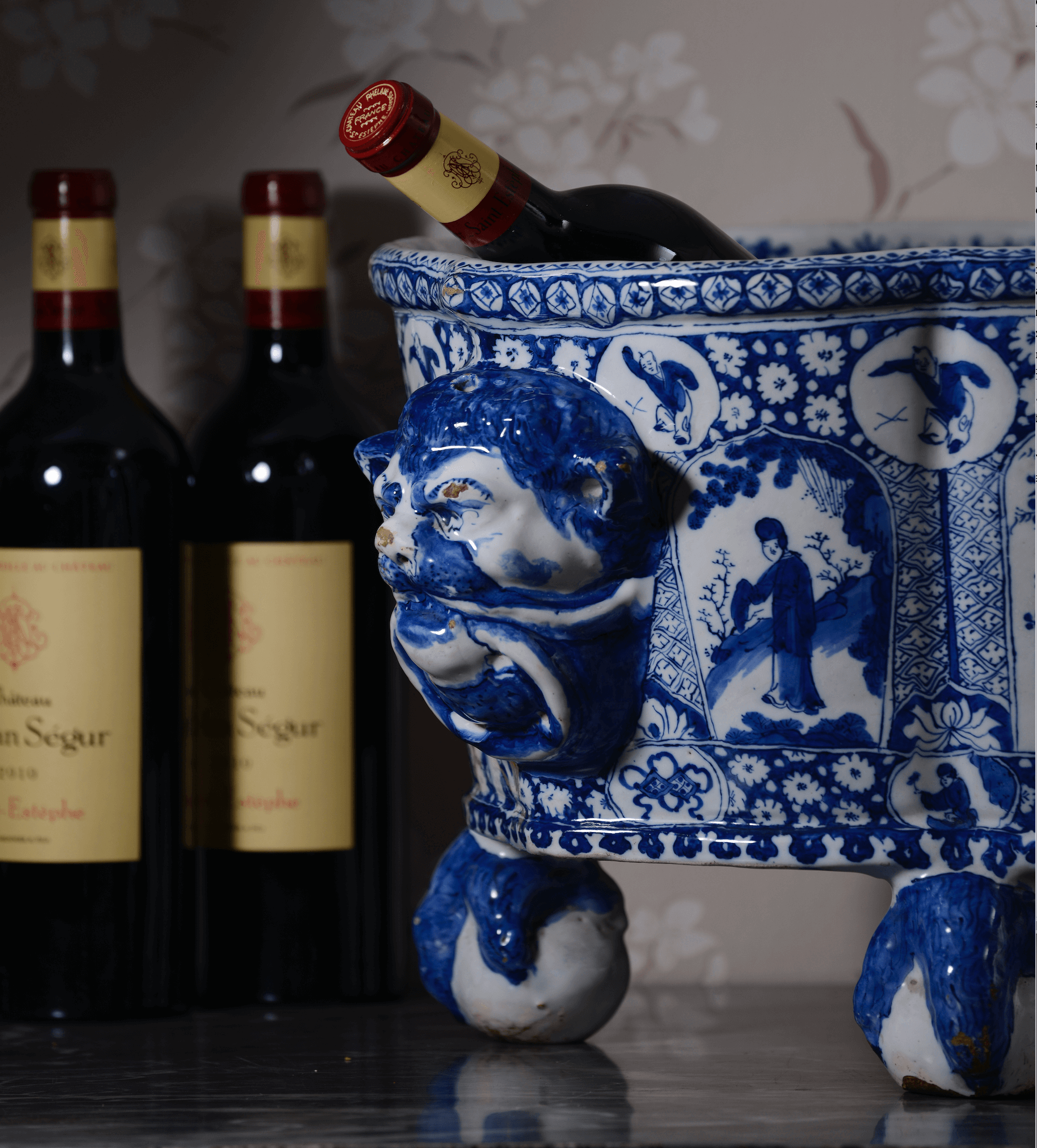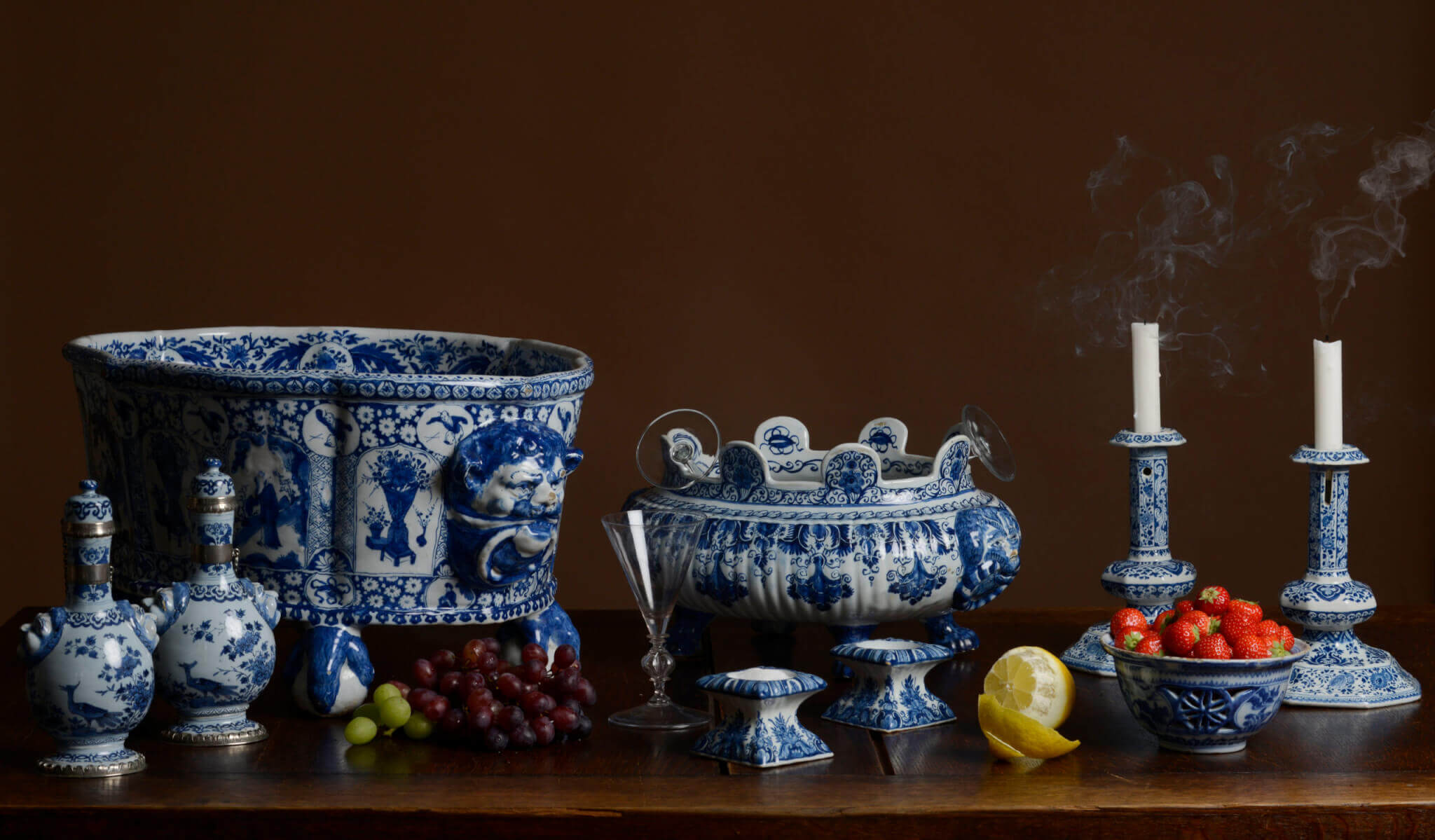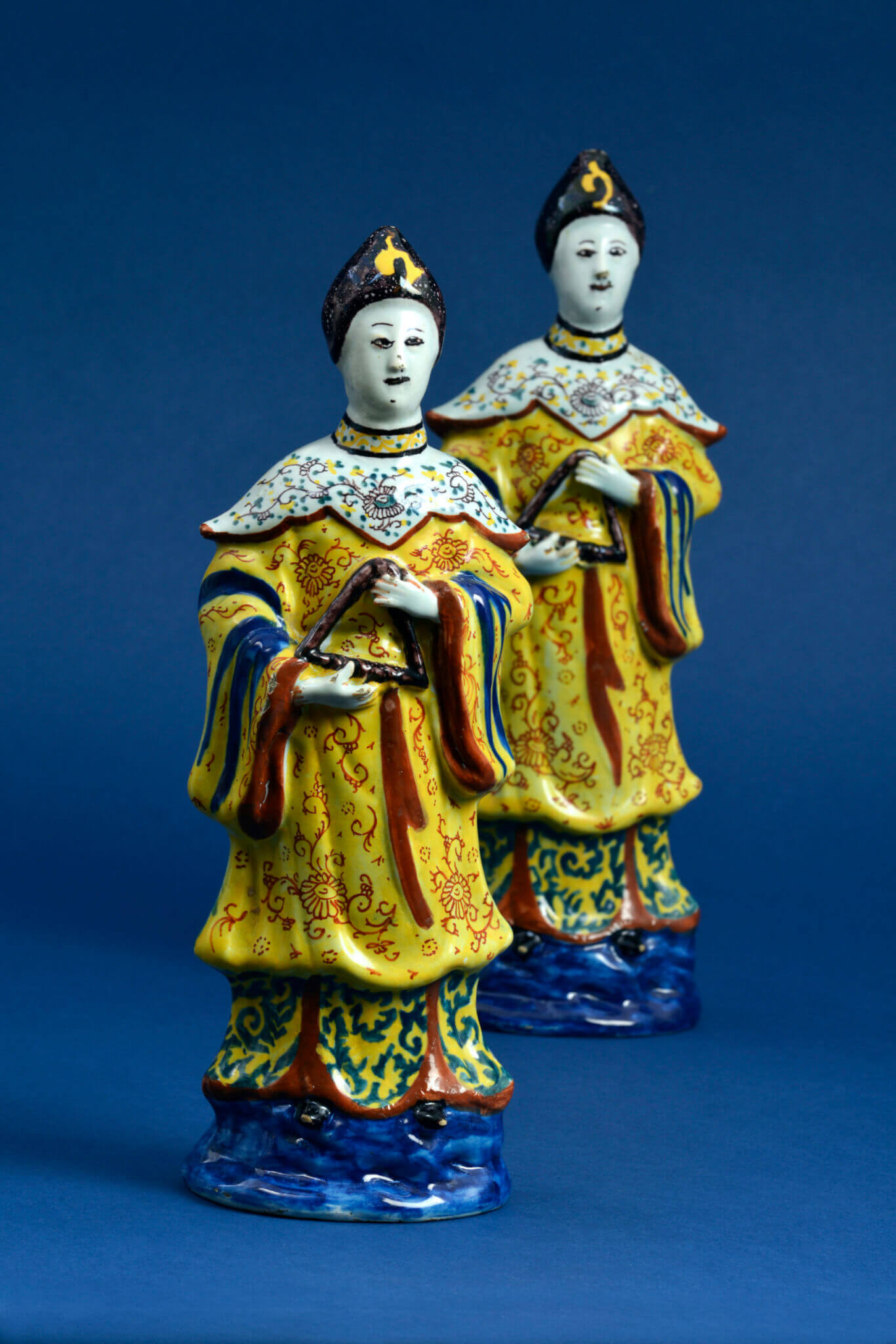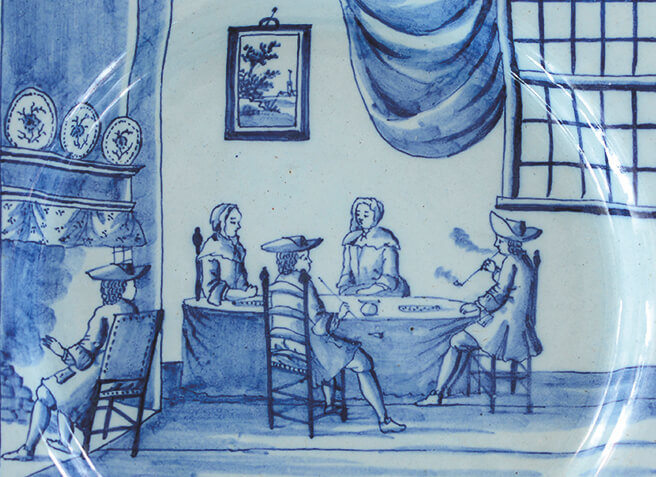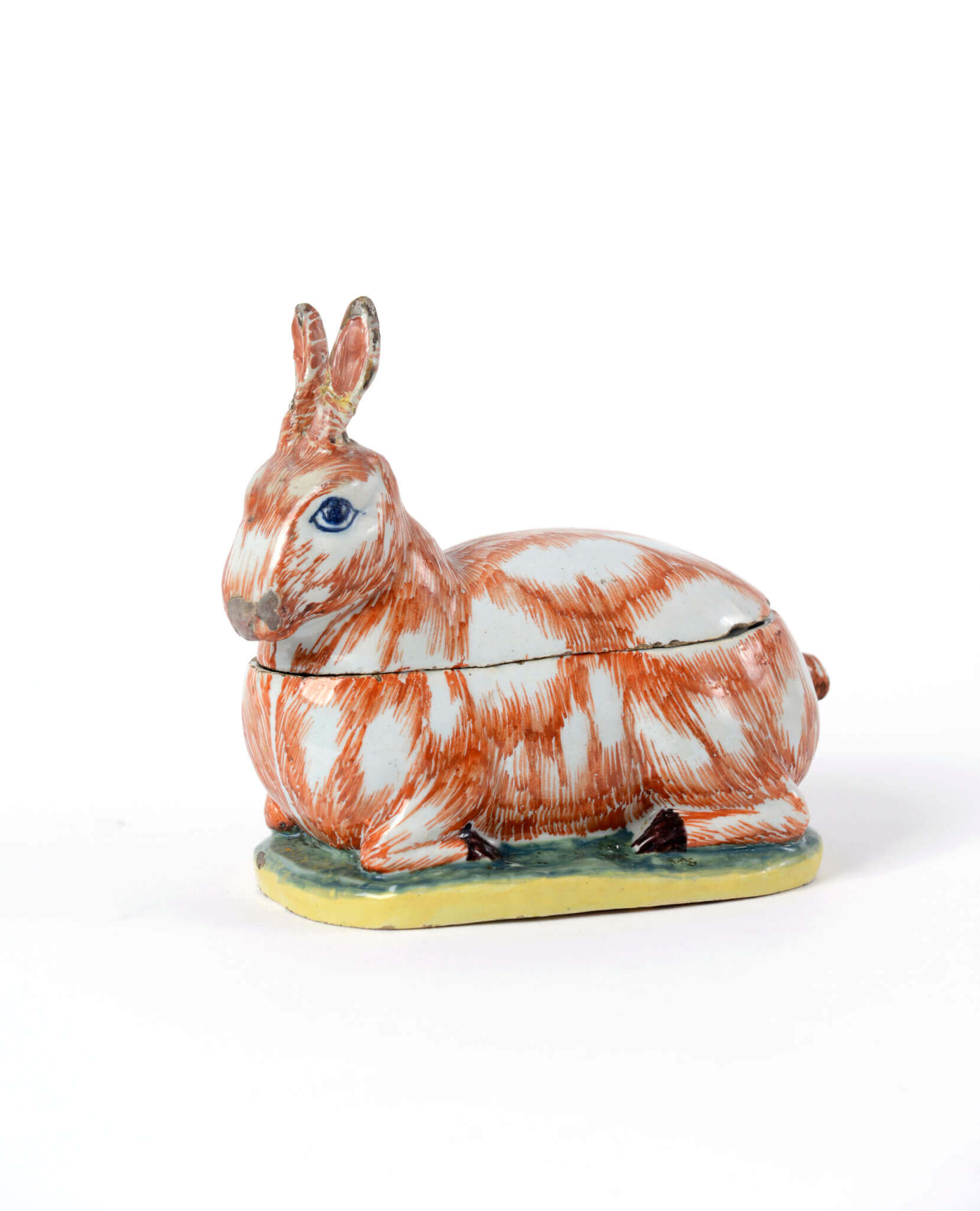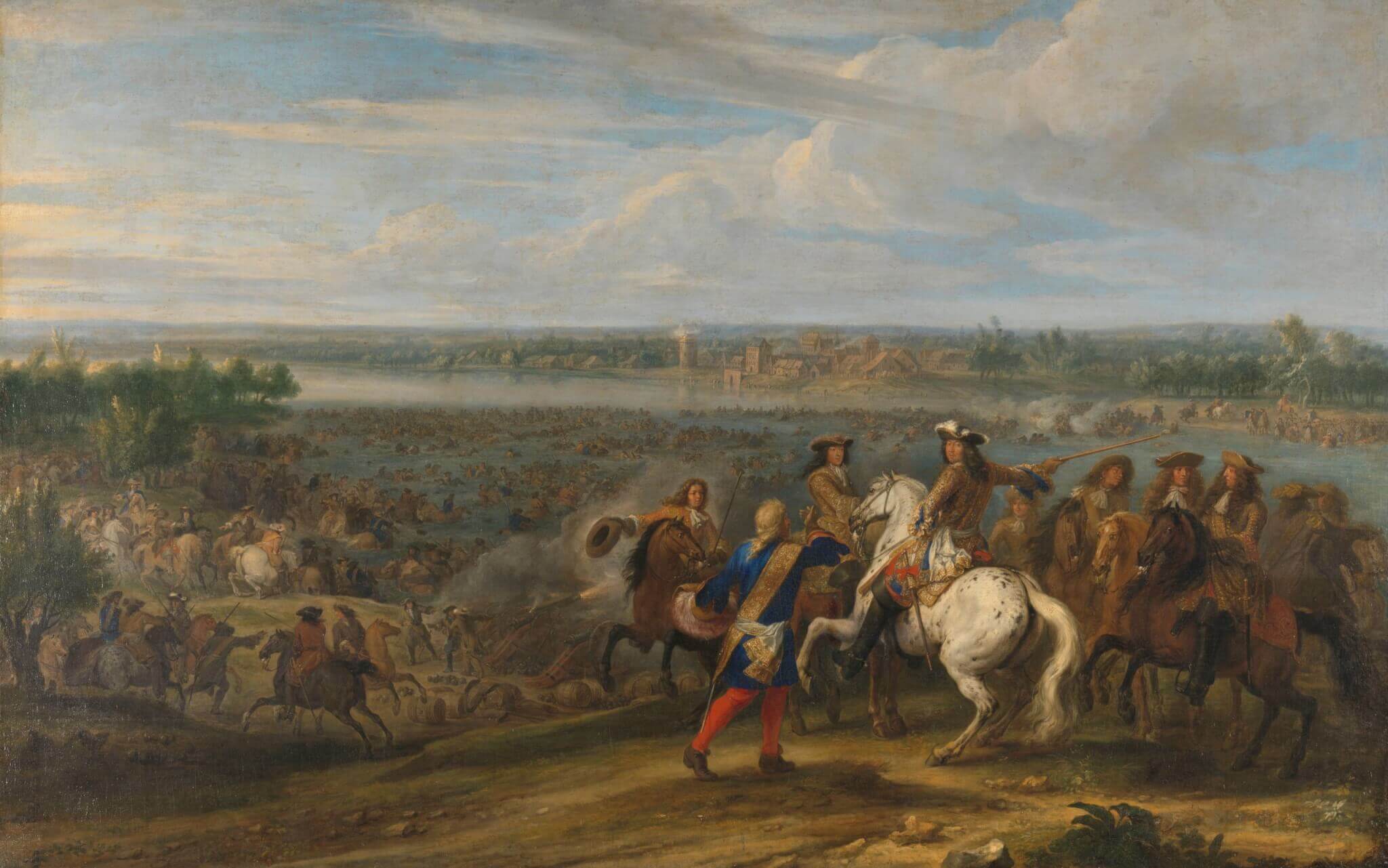De Porceleyne Byl Factory
De Porceleyne Byl (The Porcelain Axe) factory was founded in 1657, and was almost entirely owned by a single person or couple for its entire existence. This contrasts with most other factories whose property was often divided among several people. It was purchased in 1657 by Jacob Wemmersz. Hoppesteyn, who two years later would also…


